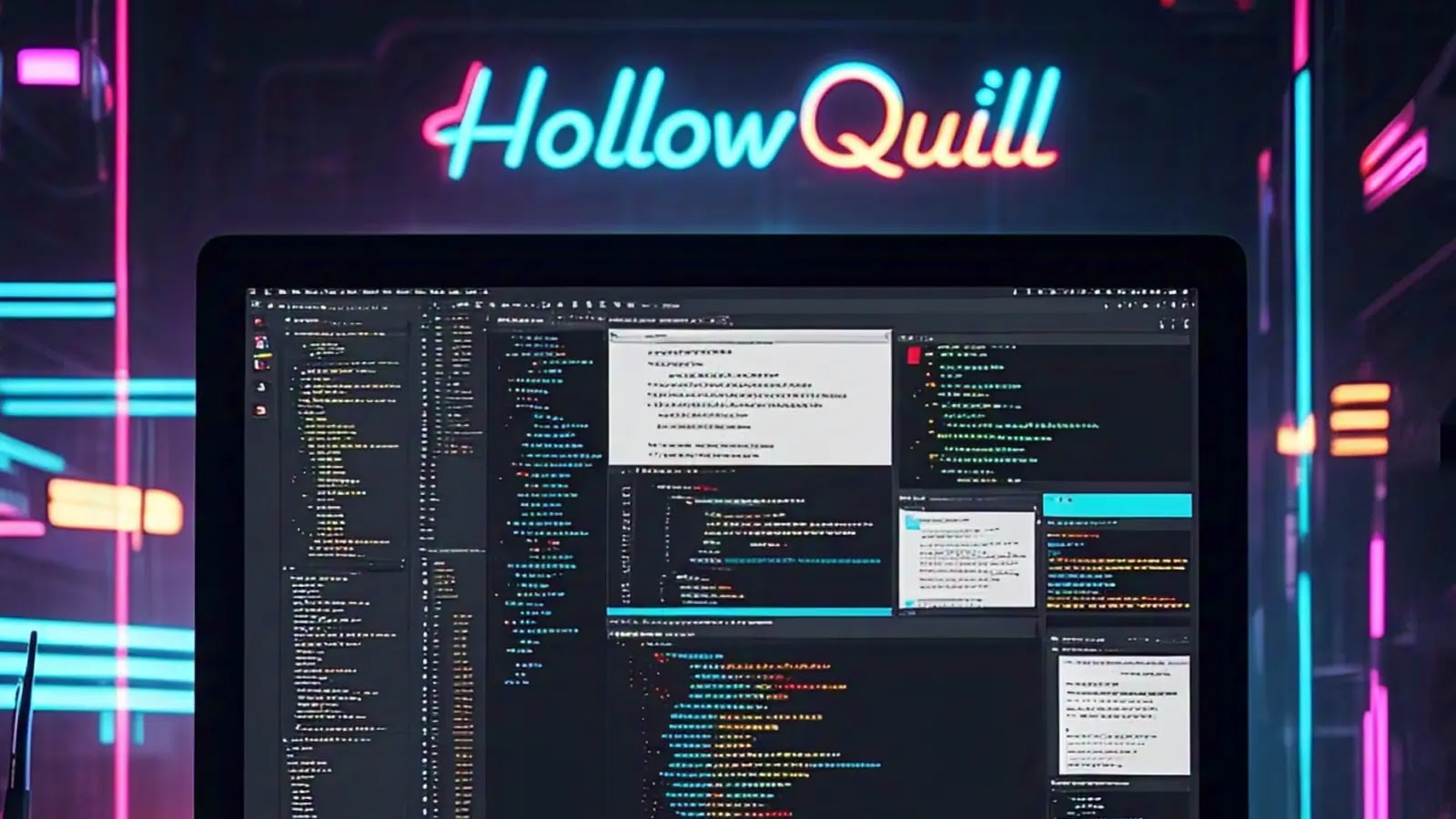A sophisticated cyber-espionage campaign, known as HollowQuill, has emerged as a significant threat to government agencies and academic institutions worldwide. This campaign employs weaponized PDF documents, cleverly disguised as research papers, grant applications, or official government communications, to deceive recipients into initiating a complex infection process.
Infection Mechanism
The HollowQuill attack begins when a user opens a seemingly legitimate PDF document. Unbeknownst to the user, this action triggers a multi-stage infection chain designed to evade detection and establish persistence within the targeted system. The initial stage involves the deployment of a .NET-based malware dropper, which serves as the delivery mechanism for subsequent payloads.
Once executed, the dropper installs multiple components, including a legitimate OneDrive application. This legitimate software is used to mask the malicious activities, allowing the malware to blend seamlessly into normal system operations. The dropper then deploys a Golang-based shellcode loader responsible for executing the primary payload directly in memory. This memory-based execution technique significantly reduces the likelihood of detection by traditional security solutions.
Technical Sophistication
The HollowQuill campaign demonstrates remarkable technical sophistication. The use of legitimate applications as cover, combined with advanced evasion techniques, indicates a high level of expertise on the part of the attackers. The campaign’s targeted nature suggests that the attackers are pursuing sensitive government and academic data for espionage purposes.
Broader Context
The HollowQuill campaign is part of a broader trend of cyber-espionage activities targeting government agencies and critical infrastructure. For instance, in October 2024, the U.S. Department of Justice announced the disruption of Russian efforts to hack government agencies, including the Pentagon and State Department. The hackers had used spear-phishing campaigns to gain access to sensitive information from U.S. companies and government employees. ([usnews.com](https://www.usnews.com/news/world/articles/2024-10-03/us-says-it-has-disrupted-russian-efforts-to-commit-computer-fraud?utm_source=openai))
Similarly, in mid-2023, the cybercriminal group TA4903 was observed impersonating U.S. government institutions and private businesses to obtain corporate credentials and carry out business email compromise activities. The group targeted organizations in the United States and worldwide through high-volume email campaigns. ([cybersecuritynews.com](https://cybersecuritynews.com/hackers-spoofing-u-s-government/?utm_source=openai))
These incidents underscore the persistent and evolving nature of cyber threats facing government agencies and critical infrastructure.
Mitigation Strategies
To defend against such sophisticated threats, organizations should implement a multi-layered security approach. This includes disabling office macro scripts, implementing application allowlisting, and monitoring for anomalies in DNS queries. Regular security awareness training for employees is also crucial to help them recognize and avoid phishing attempts and other social engineering tactics.
Conclusion
The HollowQuill malware campaign highlights the evolving tactics of cyber-espionage actors targeting government agencies and academic institutions. By leveraging weaponized PDF documents and advanced evasion techniques, these attackers pose a significant threat to sensitive information. Organizations must remain vigilant and adopt comprehensive security measures to mitigate the risks associated with such sophisticated cyber threats.



